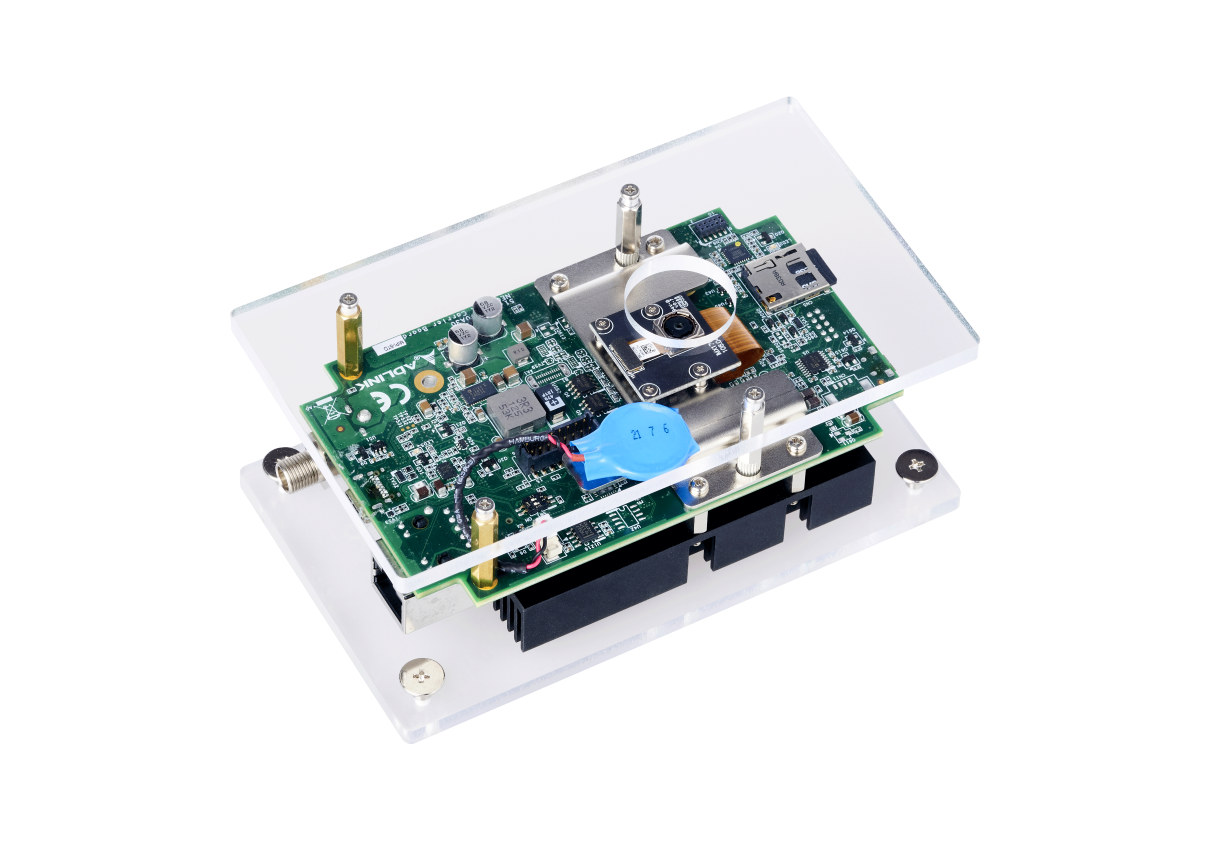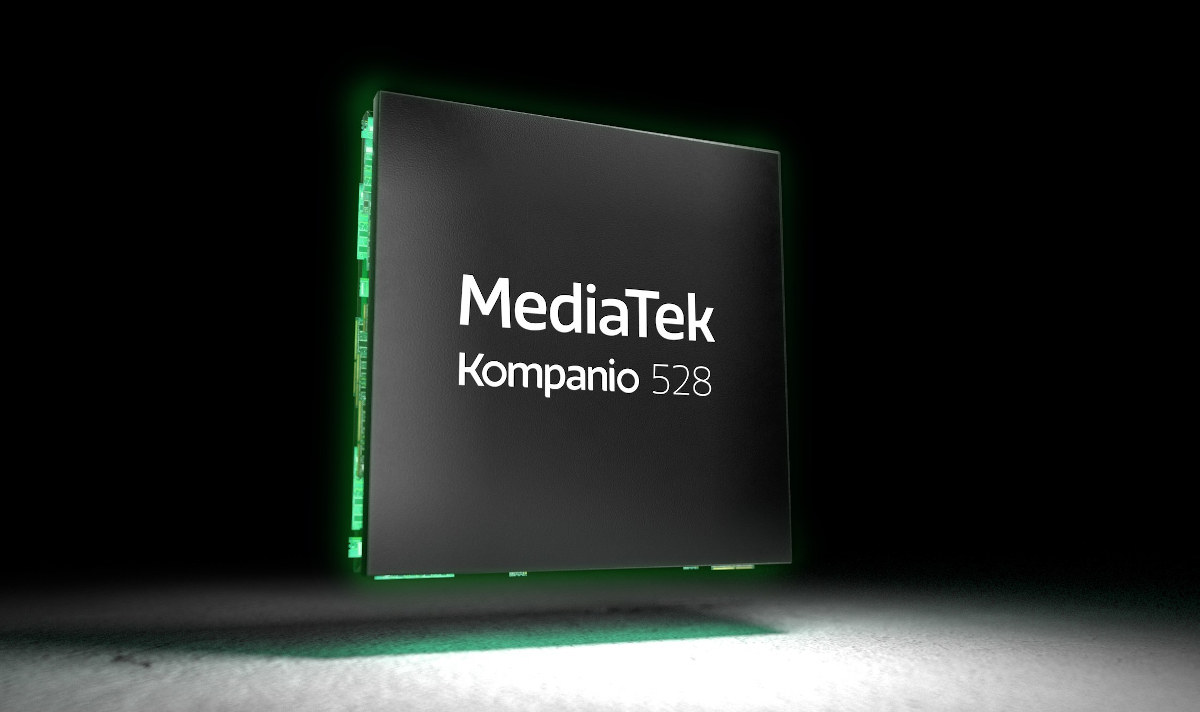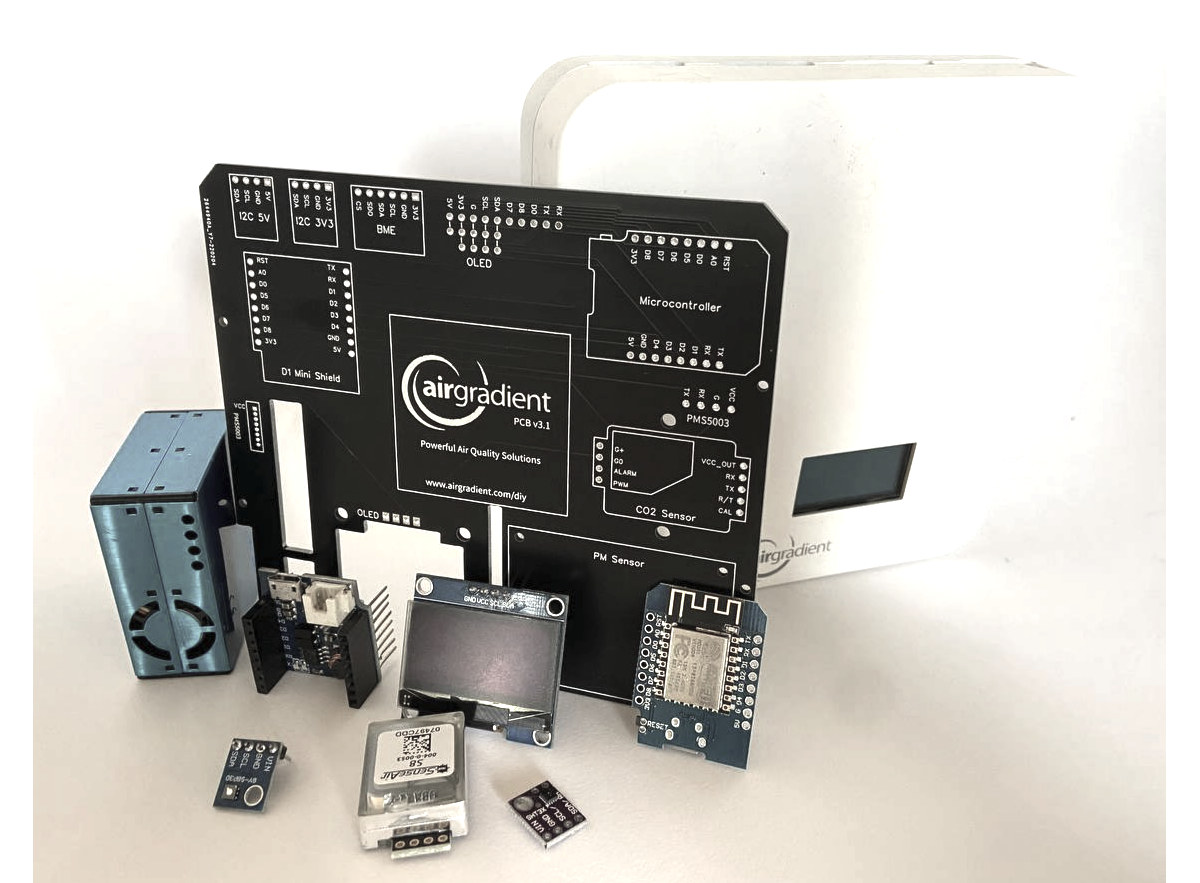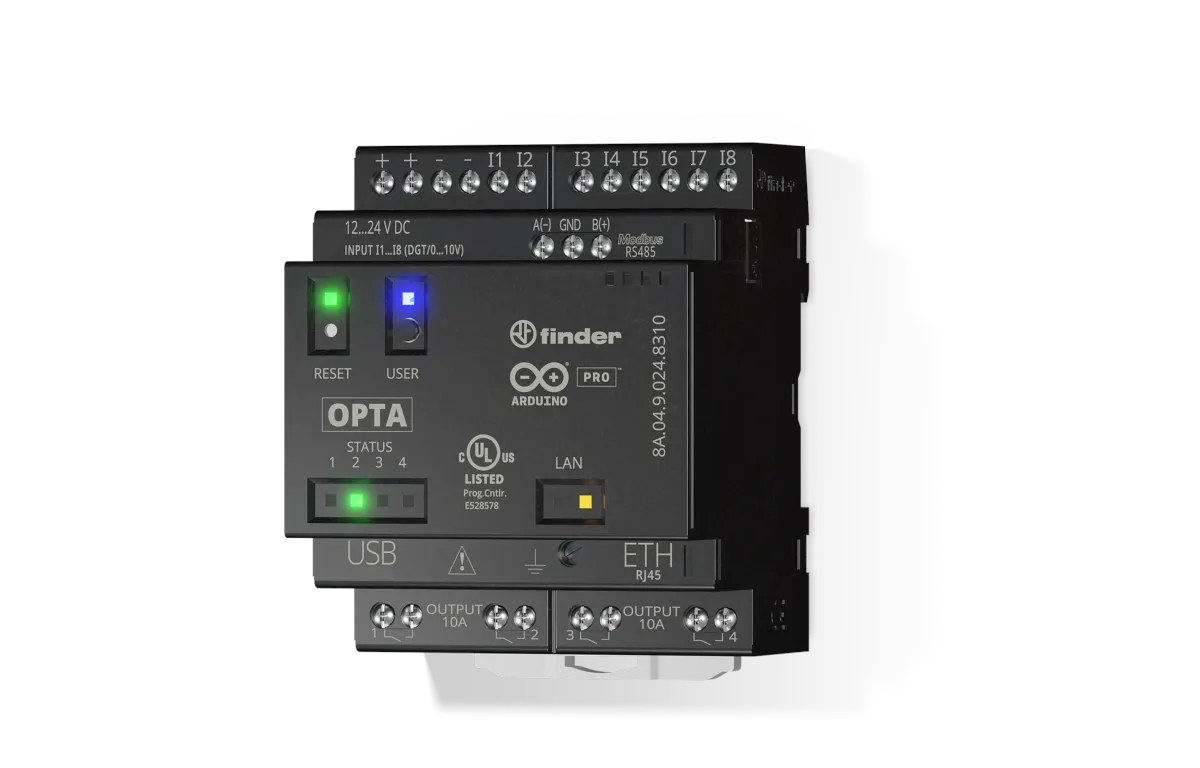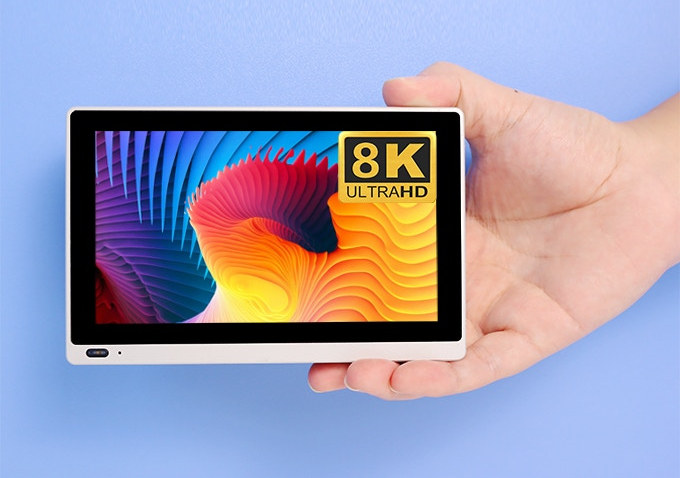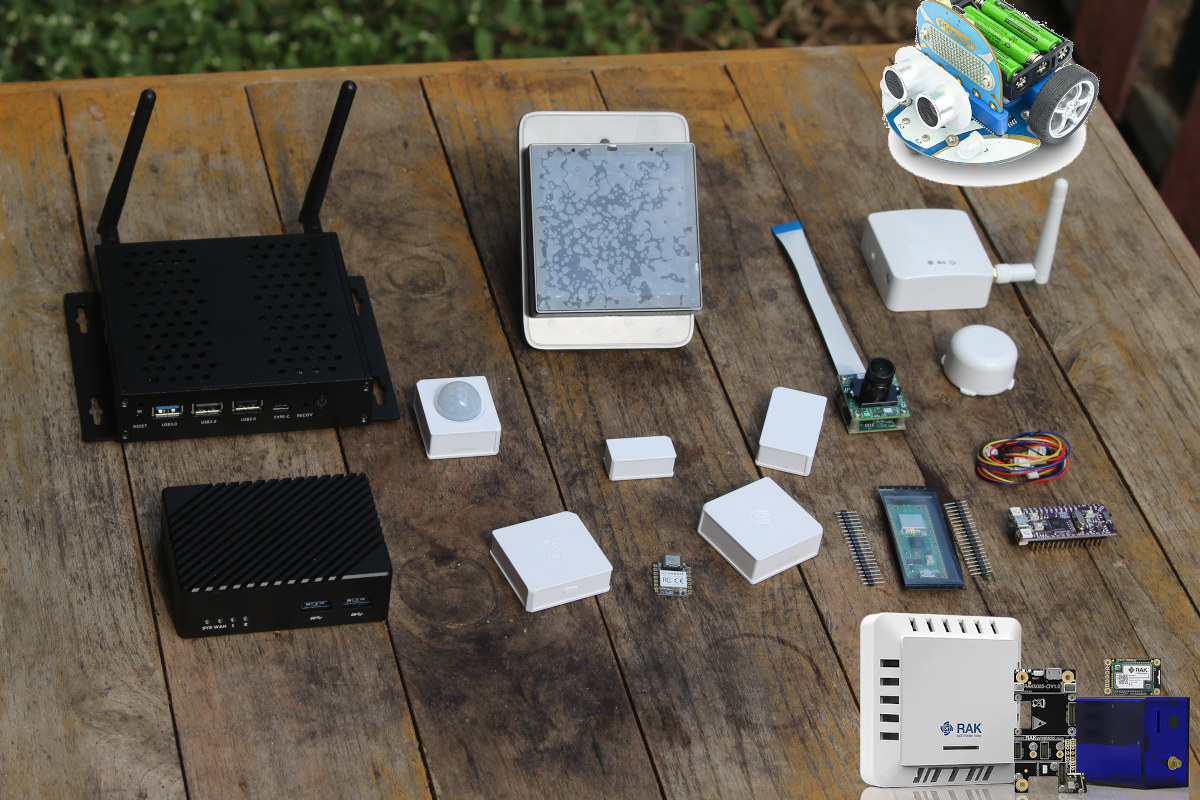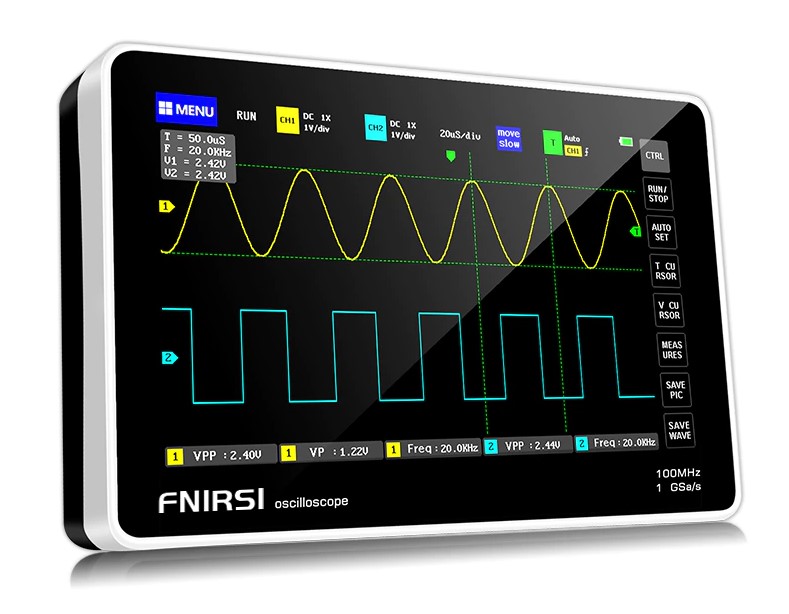ADLINK “AI Camera Dev Kit” is a pocket-sized NVIDIA Jetson Nano devkit with an 8MP image sensor, industrial digital inputs & outputs, and designed for rapid AI vision prototyping. The kit also features a Gigabit Ethernet port, a USB-C port for power, data, and video output up to 1080p30, a microSD card with Linux (Ubuntu 18.04), and a micro USB port to flash the firmware. As we’ll see further below it also comes with drivers and software to quickly get started with AI-accelerated computer vision applications. AI Camera Dev Kit specifications: System-on-Module – NVIDIA Jetson Nano with CPU – Quad-core Arm Cortex-A57 processor GPU – NVIDIA Maxwell architecture with 128 NVIDIA cores System Memory – 4 GB 64-bit LPDDR4 Storage – 16 GB eMMC Storage – MicroSD card socket ADLINK NEON-series camera module Sony IMX179 color sensor with rolling shutter Resolution – 8MP (3280 x 2464) Frame Rate (fps) – […]
MediaTek Kompanio 520 and Kompanio 528 processors targets entry-level Chromebooks
MediaTek Kompanio 520 and Kompanio 528 octa-core Arm processors are designed for entry-level Chromebooks with all-day battery life and a display up to 2520 x 1080 resolutions. As time passes “entry-level” gets a new meaning as the new SoCs are equipped with two Cortex-A76 cores @ up to 2.2 GHz, six Cortex-A55 cores @ 2.0 GHz, and an Arm Mali-G52 GPU. That’s almost Rockchip RK3588 territory although not quite… MediaTek Kompanio 528 and 520 specifications: Octa-core CPU 2x Arm Cortex-A76 cores up to 2.2GHz (Kompanio 520 is limited to 2.0 GHz) 6x Arm Cortex-A55 cores up to 2GHz GPU – Arm Mali G52 MC2 2EE AI accelerator – Dual-core AI processing unit (APU) Memory – LPDDR4x up to 3733Mbps Storage – eMMC 5.1 flash with hardware command queue Display 2520 x 1080 @ 60Hz 1920 x 1080 @ 60Hz (Ext) Video Encoding – 1920 x 1080 @ 60fps H.264 or […]
DIY air quality monitor is based on Wemos D1 mini ESP8266 board, Sensirion SGP41 TVOC sensor
Open AirGradient is a DIY air quality monitor based on the Wemos D1 mini ESP8266 WiFi IoT board programmed with Arduino and fitted with a range of sensors including an optional Sensirion SGP41 TVOC sensor through a custom PCB designed with EasyEDA. Two versions of Open AirGradient are available. The Basic model includes an OLED display, a Plantower PMS5003 PM sensor, a Senseair S8 CO2 sensor, and SHT30 or SHT31 temperature & humidity sensor, while the Pro version adds a larger display, a plastic enclosure, and support for the SGP41 TVOC sensor. Open AirGradient key components: MCU board Basic – Wemos D1 Mini Pro Pro – Lolin D1 Mini v4 with USB-C port Display Basic – Wemos OLED shield Pro – 1.3-inch OLED display Sensors Plantower PMS5003 PM sensor Senseair S8 CO2 sensor SHT30 or SHT31 temperature and humidity sensor module Optional Sensirion SGP41 TVOC & NOx sensor (Pro version […]
International Black Friday 2022 deals and coupons
We’ve been writing about international Black Friday and Cyber Monday deals and coupons since 2014, since US-centric promotions such as Amazon Black Friday deals are not always suitable to the diverse, international audience of CNX Software. Let’s check out Black Friday 2022 international deals from specific manufacturers as well as events from Aliexpress, Banggood, and other stores. Arduino Black Friday sales Arduino’s Black Friday Sales event offers new and legacy boards at a 20% to 25% discount, as well as a discount for one certification bundle. The number of items on sale is limited, as at the time of writing there were only 11. While the screenshot above shows prices in USD, the Black Friday event is also taking on the EMEA website. Aliexpress SuperDeals Aliexpress will usually organize a “Global Shopping Festival” event for Black Friday with coupons, deals, and lucky draws, but this year the event page is […]
Arduino Opta is a micro PLC for industrial IoT applications
Arduino has recently announced the Opta micro PLC with industrial IoT capabilities adding yet another solution to the Arduino Pro family. Arduino used to focus on the hobbyist crowd, but with the launch of the Arduino Pro family in 2020 starting with the Portenta H7 board, the company switched its main focus to the more profitable enterprise market. Since then they’ve launched several other boards designed in-house, and last year started collaborating with the introduction of the Arduino WisGate Edge LoRaWAN gateways based on RAKwireless hardware. The Arduino Opta is another one of those collaborations as it was designed together with Finder, who calls their devices PLR (Programmable Logic Relays). Arduino Opta key features and specifications: MCU – STMicroelectronics STM32H747XI microcontroller with 1x Arm Cortex-M7 core up to 480 MHz, 1x Arm Cortex-M4 core up to 240 MHz, 2MB flash, 1MB SRAM (as found in all Portenta H7 boards, and […]
GOLE 1 R mini PC offers Rockchip RK3588 CPU, 5.5-inch touchscreen display
HIGOLE introduced the GOLE1 mini PC with a touchscreen display in 2015 mostly to get a free and legal Windows 10 license, but over the years the company launched more Intel models inspired by the original design. However, their latest model, the GOLE 1 R, is based on Rockchip RK3588 octa-core Arm Cortex-A76/A55 SoC instead and running Android 12 by default. The GOLE 1 R is equipped with 8GB RAM, 128GB eMMC flash, a 5.5-inch touchscreen display, Gigabit Ethernet and WiFi connectivity, a microphone, speaker, a gravity sensor, and a 2,500 mAh battery. The company also sells the GOLE 1 RN mini PC without a display, a microphone, a speaker, or a battery for power. GOLE 1 R/RN specifications: SoC – Rockchip RK3588 octa-core processor with four Cortex-A76 cores @ 2.4 GHz, four Cortex-A55 cores @ 1.8 GHz, an Arm Mali-G610 MP4 GPU, a 6TOPS NPU, 8K 10-bit decoder, 8K […]
Giveaway Week 2022 winners announced!
CNX Software’s Giveaway Week 2022 has just ended, and it’s time to announce the winners. Just like last year, some companies added to the review samples I offered with Rakwireless and ELECFREAKS offering a LoRaWAN devkit and an educational robot respectively. If you check out the photo of the items given away below you’ll find quite more than seven because the SONOFF NSPanel kit includes four Zigbee modules, and more importantly, we also organized a parallel giveaway week on CNX Software Thailand with small boards such as the Raspberry Pi Zero W or XIAO BLE. We had eight winners on CNX Software: NanoPi R5S gateway – Ingmar, GERMANY e-con Systems e-CAM20_CURB camera – Johnny, ESTONIA Pico:ed Smart Cutebot Kit – jednorozec, CZECH REPUBLIC Pico:ed V2 board – Leonardo, BRAZIL Sonoff NSPanel Pro and Zigbee modules – Tim, CANADA RAK Developer Kit (Air Quality Kit) – Magnus, SWEDEN GL.iNet GL-S10 BLE […]
FNIRSI 1013D teardown and mini review – A portable oscilloscope based on Allwinner CPU & Anlogic FGPA
The FNIRSI 1013D is a dual-channel flat-panel oscilloscope with a rich set of features. It is cost-effective and useful to people in the maintenance and R&D industries. Although it has been on the market for a few years, I purchased one, and I decided to introduce it and disassemble it to check out the hardware design. FNIRSI describes its oscilloscope as “small and portable”, so I assume it should include a lithium battery, a TFT LCD screen, a processor to handle the display, and another chip to process the digital signals. Let’s take it apart first to find out. FNIRSI 1013D oscilloscope unboxing FNIRSI 1013D package content: 1x FNIRSI 1013D oscilloscope 2x 100MHz matching probes (1X and 10X) 1x USB cable 1x Charging adapter 1x Instruction manual The FNIRSI 1013D adopts a 7-inch 800 x 480 resolution color TFT LCD with a capacitive touch screen. There are two input channels […]


